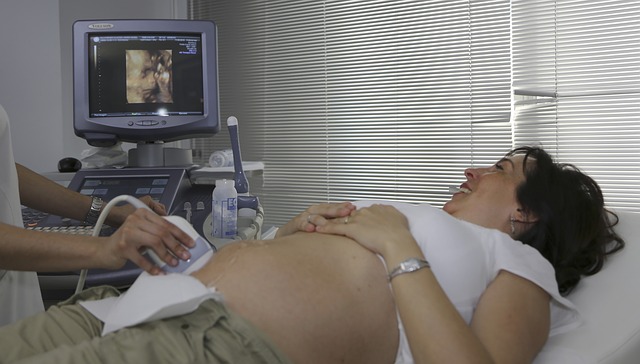
For many parents, few modern day thrills surpass monitoring the newest member of the family via Ultrasound prior to their scheduled arrival. Social media is awash with screen shots of parents’ pride and joy making appearances, in utero, from all corners of the globe. The question arises, is this overexposure stemming from being overjoyed or is it just a trend with (limited) benefits?
Optimally a diagnostic tool, Ultrasounds emit high-frequency, low-energy sound waves that scan a pregnant woman’s belly to establish certain conditions. Use and frequency of Ultrasounds as part of prenatal care vary. Healthcare providers have no limitations as to how many ultrasounds may be given during a pregnancy. A healthy pregnancy requires none.
In 1992, the US Food and Drug Administration increased by almost 8-fold the upper limit for permissible output of ultrasound machines. At the same time, the output display standard was created by the American Institute of Ultrasound in Medicine and the National Electrical Manufacturers Association, so that a measure of safety would be available at the time of an examination with the more powerful machines. The responsibility was clearly placed then, as now on the user of the equipment to ensure safety for the obstetric patient throughout the Ultrasound procedure.
Currently, there are no national or international laws governing Ultrasound use. It’s true there are some FDA guidelines in place for medical use, which The American College of Obstetrics and Gynecology, The American College of Radiology and the Society for Maternal-Fetal Medicine among others, adhere to and propound. However, many for-profit stores that offer image and videos for entertainment are cropping up, which often have untrained operators and unregulated machine maintenance. This elective use of ultrasounds is contrary to general guidelines for safety of the fetus.
The introduction of keepsake ultrasound images, and overuse in the medical industry continue to increase. A recent Wall Street Journal article reports that between the years 1997-2006 the ultrasound per pregnancy jumped from 1.5 – 2.7. Now nearly a decade later, an average 5.2 ultrasound procedures are administered per pregnancy.
As trends continue to show unbridled growth in ultrasound related markets, the search for industry standards is becoming more urgent. Besides the need for further research into the inherent safety, legislation is needed to regulate maintenance, operation certification, frequency and duration of the procedure. The need for laws is clear: Pregnant women have the right to autonomy in decision making, and to the expectancy of safe practices within the healthcare and open markets.
Until then, it is important for mothers to consult their healthcare provider and become fully aware of the advantages and disadvantages. Written Informed Consent forms, required whether in a medical setting or for-profit stores, would offer several benefits:
- It would help insure that women will be advised of the risks and areas of uncertainty before granting consent to diagnostic ultrasound.
- It would create a data base for a long term follow up of exposed offspring
- It would shift or share the potential liability by identifying the manufacturer of the device.
All of us, whether we are health care providers, scientists or consumers hope that time will prove Ultrasounds to be safe. Proceeding with caution may help humanity keep pace with its technology.
Author, Written by: Joni Stewart Chanko, ICCE, TTP, Foundation for Living Medicine Loving Birth Committee member

